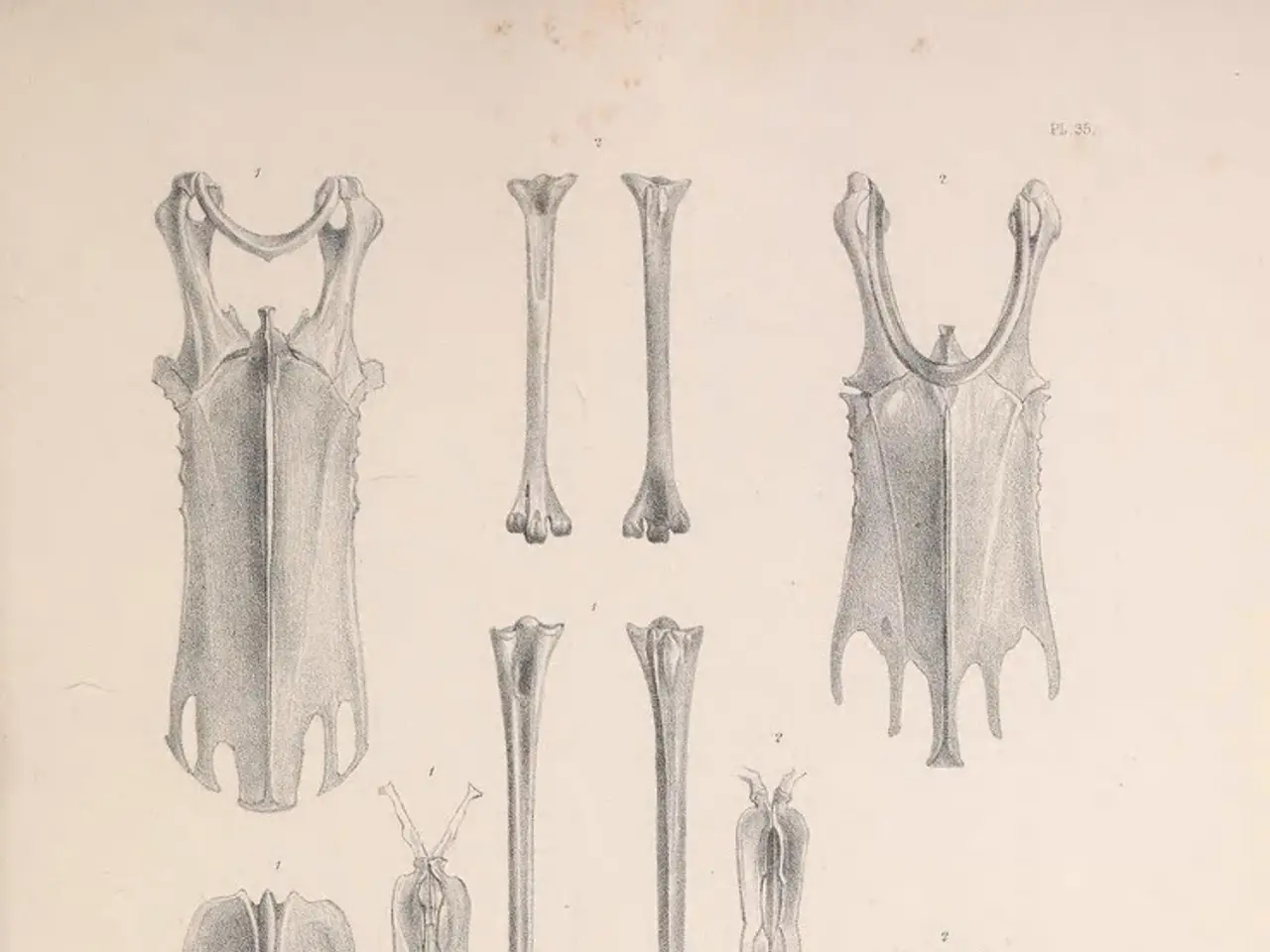The Fornix: Key Player in Memory Formation and Recall
The fornix, a crucial structure in the hippocampal formation, has gained attention in recent neuroanatomical studies. This C-shaped structure is composed of four key components, with the body of fornix being one of them. Let's delve into its composition, location, and significance.
The fornix, a vital part of the limbic system, facilitates memory formation and recall. Its body, one of four components, is situated above the tela choroidea and ependymal roof of the third ventricle. It extends from the under surface of the corpus callosum to the interventricular foramen, as seen in CT imaging studies.
The body of fornix joins the hippocampus and mammillary bodies, both integral to memory processes. In terms of structure, the fornix comprises the body, crura, columns, and fimbriae. The crura extend posteriorly into the hippocampus, the columns descend anteriorly toward the mammillary bodies, and the fimbriae are located along the medial edge of the hippocampus within the temporal lobe.
The body of fornix, a key element of the fornix structure, plays a pivotal role in memory formation and recall. Its strategic location and connection to the hippocampus and mammillary bodies underscore its importance in the limbic system. Further research into this structure promises insights into memory processes and potential treatments for memory-related disorders.
Read also:
- Is it advisable to utilize your personal health insurance in a publicly-funded medical facility?
- Dietary strategies for IBS elimination: Aims and execution methods
- Benefits, suitable dosage, and safety considerations for utilizing pumpkin seed oil in treating an overactive bladder
- Harmful Medical Remedies: A Misguided Approach to Healing




